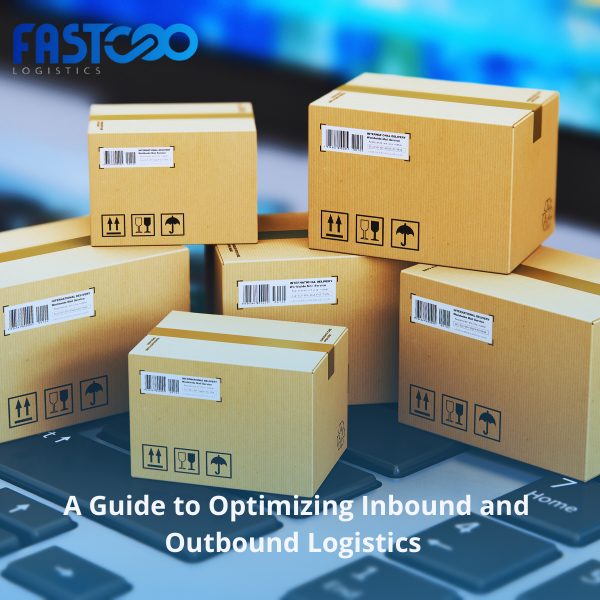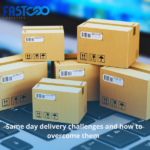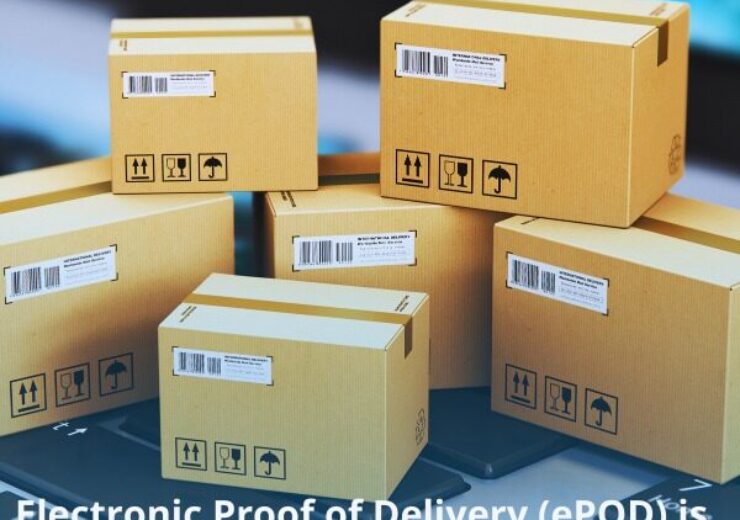A Guide to Optimizing Inbound and Outbound Logistics

And every company needs to know the differences between inbound and outbound logistics, and although they refer to different meanings, in the world of logistics they refer to the difference between receiving and sending in logistics operations, and any supply chain management strategy needs to work inbound and outbound logistics properly , which will help the company achieve many advantages, the most important of which is providing new products for sale, processing returns, as well as the ability to ship parcels, to customers on time, and in this article we will talk about all the details about inbound and outbound logistics.
What is inbound and outbound logistics?
Inbound and outbound logistics are one of the most common operations in transporting goods through the retail supply chain, and each of them has a similar nature, because in the retail supply chain, the items are transported through the different channels of distribution, and the following are meant for each of them:
Inbound logistics
It includes all incoming logistics, the movement of raw materials as well as finished goods and supplies from a manufacturer or distribution channel to a warehouse or retail store, according to the same business model.
Outbound logistics
It is unlike inbound logistics, where it is related to the movement of final products to the end user or end user, as it starts at the distribution center and then gets delivered to its final destination.
What are the Differences between Inbound and Outbound Logistics?
Of course, both inbound and outbound logistics differ, and the main difference between them is the entity or person who receives the items or products. The following are the most important differences between inbound and outbound logistics:
Inbound logistics receives the items from the supplier to the warehouse, in which resources are managed, sources are identified and warehouses are received.
And the contact points are as follows:
- Product owner or manufacturer => the retailer or any third party logistics company.
As for outbound logistics, it includes the delivery of the final items to the end user or shipping orders to the end user.
And the contact points are as follows:
- Retailer or any third party logistics company => End User or Customer
How to optimize your inbound and outbound logistics
There is more than one way in which you can optimize inbound and outbound logistics, and the following are the most effective ways that rely on technology and the latest technologies in the world of logistics:
1. Build strong customer relationships through last mile delivery
Having strong relationships with customers or clients will help you grow your business significantly.
And you can use last mile delivery and enjoy more expansion and business opportunities, and LOGSTIAT technologies can provide you with the best last mile delivery.
in addition to its other distinguished services, this will help you optimize inbound and outbound logistics In addition to strengthening your relationship with your customers:
- First Mile, LOGSTIAT have a special technology to receive your shipments and within one click.
- Last Mile, LOGSTIAT is cooperating with all professional shipping companies that will meet the needs of customers.
- Storage, LOGSTIAT provides you all the space your products need without overcharging and with an economical plan.
- Orders Processing, If you are suffering from previous companies that waste your stock, ship more than one product in one shipment.
- Technology, LOGSTIAT is the first company that designed an intelligent system to deal with all the customer issues.
- RTC, All LOGSTIAT Technology are designed to manage the requirements for our customers and shipping partners.
- API, LOGSTIAT allow you to API your E-commerce platforms with its system to transfer order information automatically.
2. Tools utilized by both Inbound and Outbound Logistics
There are a number of tools that are used in both Inbound and Outbound Logistics, as well as warehouse management systems that can help you improve that process.
LOGSTIAT delivery technologies and systems can help you achieve many benefits for your organization and the satisfaction of your customers as well
As LOGSTIAT can provide you a great Delivery Management Software that:
- COD & RTO MANAGEMENT that can collect the cash from the drivers on a daily basis and more…
- Special system to manage missing & damage orders from the Last Mile drivers.
- Client Dashboard with Unlimited dashboard for each client and multi technology for Support & Account Manager.
- Scheduling Technology with More than 4 channels for scheduling the orders.
- COD & Finance System that you can set the rate for the order per client and upload your bank transfer & save in LOGSTIAT system.
- Operations & Warehouses Management, 8 filters available to manage all of your team & warehouses.
- Route optimization with managing & delivering the orders based on the priority and Proof of delivery.
3. Try to reduce your inventory costs
As your business grows and expands, so does your inventory costs, so always try to maintain the right inventory for the level of demand,
Thus keeping your inventory costs going up and this in turn will optimize your inbound and outbound logistics.
4. Consider partnering with a 3PL
Especially being in possession of the technology that keeps you informed of everything that is happening around you,
And LOGSTIAT can help you in many inbound and outbound logistics processes., especially for e-store owners.




